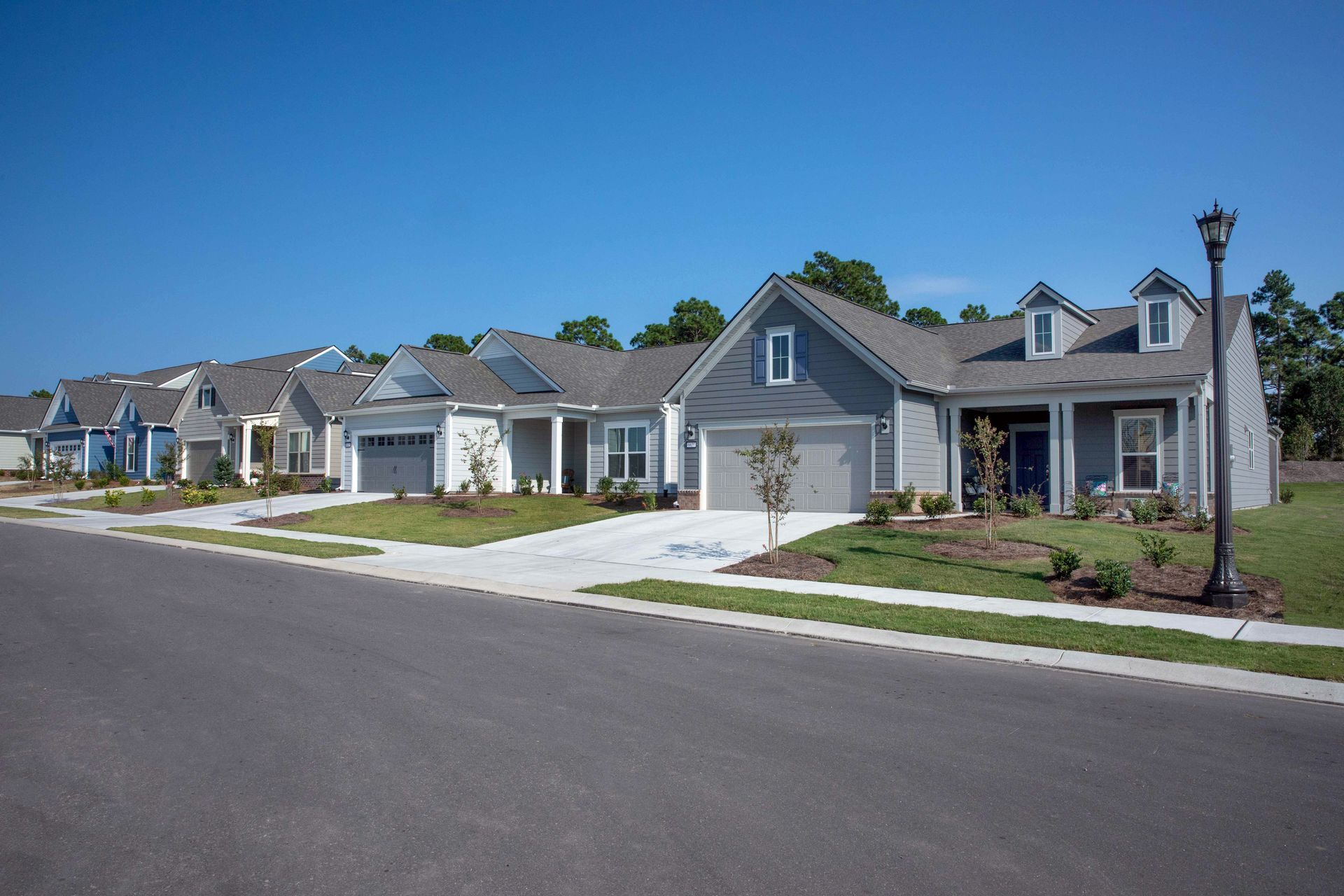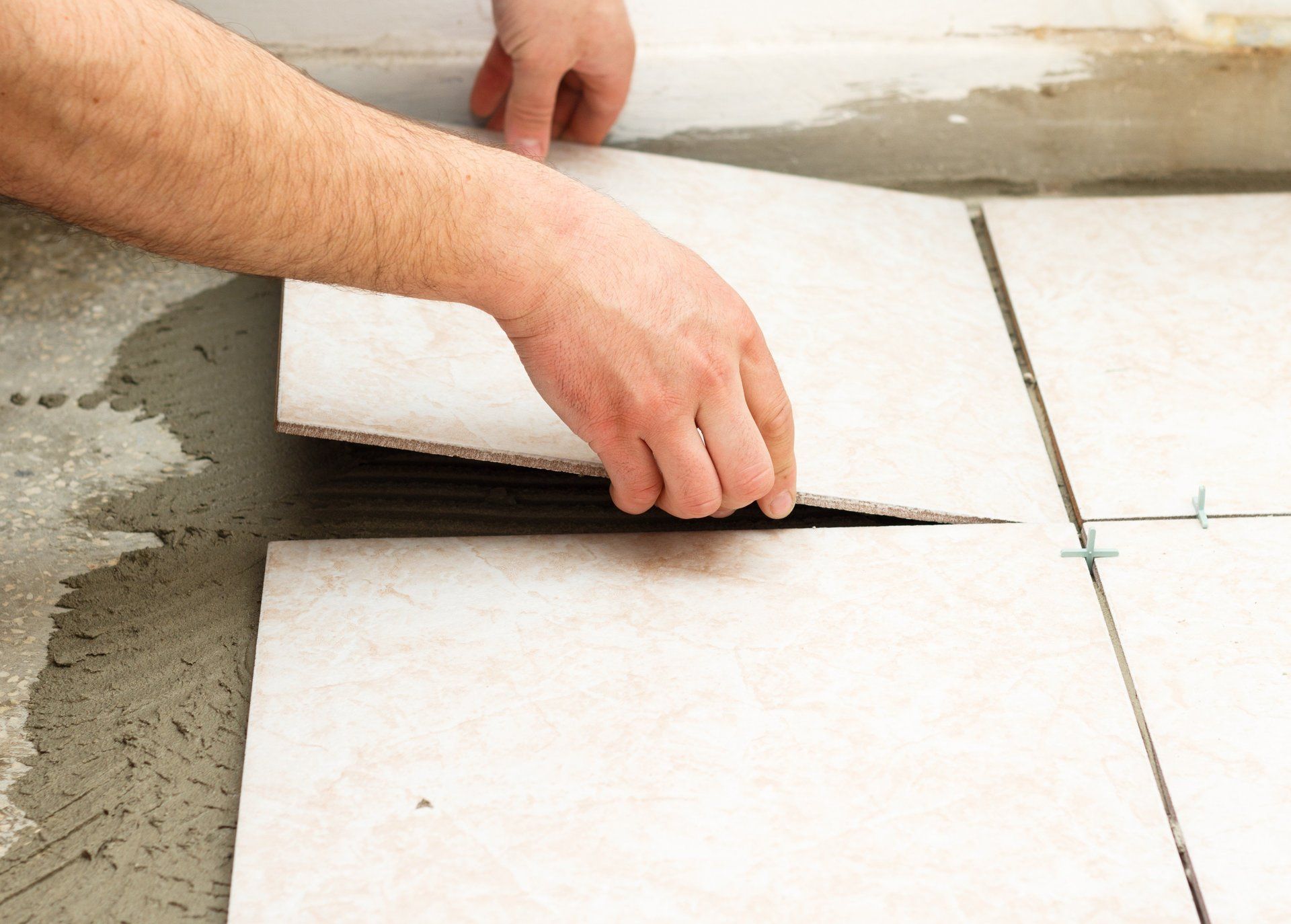11 Home Improvement Projects That Don't Add Value
Some improvements have limited appeal to home buyers, and may even affect your sale price when you go to sell.
One of the best things about owning a home is the ability to change things up, whether it’s knocking down a kitchen wall to open up space or filling your backyard with your favorite fruit trees. That freedom also offers unlimited opportunities to make mistakes, at least when it comes to spending money on home improvements that don't add the value you’d hoped for.
Of course not all home improvements are made with an eye toward adding value. Your home is your castle to enjoy as you please. If, however, you’re planning to sell soon, it might be a good idea to consider whether the improvement projects you’re considering will pencil out when you’re ready to move on.
Don’t expect a dollar-for-dollar return
Modest home improvements that tend to make the home cleaner, safer and more functional are good bets for sellers, according to Zillow® research. However, big-ticket items, such as pools, major kitchen and bath remodels and extensive landscaping undertaken for the sole reason of adding value might not bring the return you hoped for.
According to the Remodeling 2023 Cost vs. Value Report, which estimated the return on investment on some common home improvement projects, only four improvements boosted value on resale: electric heating and air conditioning conversion, garage door replacement, manufactured stone veneer and replacing a steel entry door.*
What’s more, Zillow research into home features that help homes sell for more — or less — than expected shows that buyer preferences change over time. So a trendy home update made today for the sole purpose of adding value can seem dated — or even detract from the value — in five or 10 years.
With that in mind, here are 11 home improvements that might not pay off when you sell your home.
1. Turning your kitchen into a white wonderland
According to Zillow research into the paint color preferences of home buyers, a white kitchen can hurt a home’s sales price by more than $600. Instead, today’s buyers tend to prefer dark gray tones such as charcoal and graphite.
If you don’t care about the trends at the time of resale or if you plan to repaint prior to selling, you might consider how you want to feel in any given room and paint accordingly. Or you can just go wild.
2. Adding a walk-in closet
Zillow’s 2024 research into home listings shows that walk-in closets can hurt a home’s value by 0.7%, a relatively small amount but an indication that it might not be worth the cost to add a space where you can see all your clothes. If you’re tempted to turn a small bedroom into a closet, think twice before doing so. Home shoppers usually search for homes based on the number of bedrooms, and a homes’ value is derived in part from the number of bedrooms it has. Bottom line: a bedroom is going to be more valuable to most buyers than a walk-in closet.
3. Adding a deck
A wood deck costs about $17,051, but this home improvement does not add value overall — it only adds $8,553 at the time of sale, a return of about half what you’ll spend, according to the Cost vs. Value report. The cost is even higher for composite materials, and the return even lower: just under 40%.
This is one of those features, though, that might transcend costs considerations. If you love a good deck for entertaining, it could be worth it to build it for your own enjoyment, without worrying about whether you’ll get a full return on your investment down the road. And if the deck improves the view from the property, it could make the home more attractive to buyers while allowing you to enjoy a better view in the meantime. Also, home buyers’ enthusiasm for outdoor features remains high, so anything that enriches home life outdoors could be a win.
4. Turning your garage into a bedroom
While bedrooms are certainly important, you might not want to sacrifice a garage to create one. Listings that mention garages are associated with a slight sales premium: 0.3%, according to Zillow’s 2024 analysis of listings data. Parking is often tight in urban areas, and with the high price of cars, homes that allow for safe parking could have an edge over homes without a garage that can also serve as a handy storage space.
An exception could be if you converted the space into an Accessory Dwelling Unit, also known as an ADU, casita or mother-in-law unit. Zillow research shows that growing numbers of buyers want the ability to rent out all or some of their home. Additional Zillow research suggests that private spaces are growing in demand, and sellers are mentioning “privacy” or “private spaces” in their listings more frequently than in the past. If your home is short on private spaces, it could make sense to convert the garage.
If you’re trying to gauge whether a garage is a must-have for most buyers in your local market, consult a local real estate agent.
As for that extra usable space that was a must-have during the peak of the COVID pandemic, when people who could work from home did so, it’s possible the return to office work will see a slowdown in listings that mention private space.
5. Installing an in-ground swimming pool
This one is a mixed bag. Whether the pool becomes an asset or a liability depends on a number of things, including the pool’s size, age, condition, location on the property and housing market. The main drawback is the cost, and the fact that other projects would be a greater return for the same money.
An in-ground pool can set you back about $23,370, according to the home services website Thumbtack, which calculated the national average cost of installing a pool over the last four years. Add in fencing and landscaping, and you’re looking at an investment of nearly $30,000, according to Thumbtack.
If you’re a pool person, that is money well-spent. If you’re not, you’re not likely to recoup the cost of building one. A Zillow analysis of 2023 home sales found that homes with saltwater pools sell nearly three days faster and sell for about $5,238 more than comparable homes without one.
But depending on the climate, prospective buyers might not want to spend the time and money and vigilance it takes to keep a pool clean and safe. This could translate into fewer views and offers when you go to sell.
6. DIY — done badly
We love DIY, and there are plenty of projects you can do yourself to improve your surroundings. But there’s also a reason skilled tradespeople command high prices. Their expertise helps ensure beautiful outcomes that a new buyer isn’t going to have to spend money to redo. When you’re DIYing something for the first time – tiling a bathroom, for example, or installing a hardwood floor – there’s a learning curve that you should account for.
If you have a hankering for a feature, and want to see what you can pull off with your own labors, make sure you have the skill to tackle it. Spending big money on materials isn’t going to feel too good if the outcome is poor.
7. Creating a luxury bathroom
Bathroom remodels are some of the most expensive improvements you can undertake. Even a simple bathroom remodel can set you back more than $20,000, and won’t necessarily pay for itself when you go to sell. But the more luxury bells and whistles you add, the lower your return on investment.
For example, the cost report estimates a $24,000 mid range bathroom remodel would provide about a 67% return on investment, but an upscale one would return only about 37% of the $77,000 such a remodel could cost.
8. Wall-to-wall carpeting
Carpet has a lot of upsides, especially when it comes to warmth, and there are a ton of new styles and textures to spice up any space. But carpeting isn’t as popular as some other flooring options. For-sale listings that mentioned new carpet sold for slightly less (0.4% less) than comparable homes without it.
Buyers, however, are willing to pay a small premium (1.2%) for luxury vinyl flooring. So if you’re thinking of floor coverings, and you like the feel of carpet on your feet, consider whether you’ll get the same enjoyment from an area rug.
9. Bamboo flooring
Bamboo is a relatively inexpensive and more sustainable form of flooring, but it, too, has fallen in popularity. Listings that mentioned bamboo floors sold for 0.8% less than comparable homes.
10. Laminate countertops
Changing up countertops can transform a kitchen or bath, but one material never seems to make it to the list of trendy or popular materials, and that’s laminate. Although there are some attractive options that mimic natural and made-made stone for a fraction of the price, homes sold in 2023 that mentioned laminate sold for 1.1% less than comparable homes.
11. High end fixtures
If you’ve got the money and derive pleasure from eye-catching fixtures, go for it. But it’s unlikely someone is going to buy your home because they’ve fallen in love with your $3,000 chrome faucet or light fixture. Consider choosing cost-efficient, attractive, well-made fixtures for updates instead.
Home maintenance has a big impact on home values
A well-maintained home can sell for about 10% more than a similar home in average condition, according to Thumbtack research.
So while improvements can add value to your home, regular maintenance will keep your home in better condition so that there are fewer improvements to tackle when you do decide to sell. Some things to keep an eye on: cleaning gutters, resealing grout in the kitchen and bath and having heating and air conditioning systems serviced regularly.
Source: Zillow
Dusty Rhodes Properties is the Best Realtor in Myrtle Beach! We do everything in our power to help you find the home of your dreams. With experience, expertise, and passion, we are the perfect partner for you in Myrtle Beach, South Carolina. We love what we do and it shows. With more than 22 years of experience in the field, we know our industry like the back of our hands. There’s no challenge too big or too small, and we dedicate our utmost energy to every project we take on. We search thousands of the active and new listings from Aynor, Carolina Forest, Conway, Garden City Beach, Longs, Loris, Murrells Inlet, Myrtle Beach, North Myrtle Beach, Pawleys Island, and Surfside Beach real estate listings to find the hottest deals just for you!
Share





